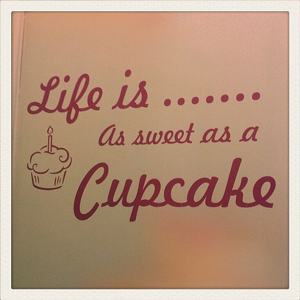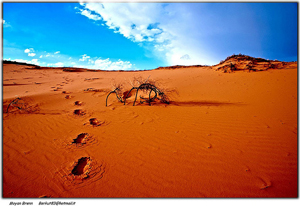
Source: Life is as sweet as a cupcake, Katy Stoddard, Flickr
Shall I compare thee to a summer’s day?
You are a star. That was easy as pie. He was frozen with fear. She’s playing with fire.
We enjoy thinking in terms of comparisons as we use figurative language to create imagery and convey abstract ideas. In reading and writing, we make these comparisons to move beyond the literal meaning.

Source: Desert, Moyan Brenn, Flickr
Writers of literary texts also use similes and metaphors to make their meanings vivid. The use of these devices can create a variety of effects, from revealing mood to illuminating characters and settings. For example, a writer may state that a character is thirsty, but if we read that the character’s throat “felt as parched as a desert,” we readers get a better idea of just how strong that character’s thirst really is. In this case, bring a glass of water, pronto.
Similes and metaphors are a bit like the superheroes of writing. They rescue boring writing and help make it memorable and strong. To get a better idea of the work these superhero devices do, watch the short video “Similes and Metaphors” by The Bazillions.
Source: “Similes and Metaphors” by The Bazillions, TheBazillions, YouTube
In this lesson, you will learn how to explain the effect of similes and extended metaphors in literary texts.